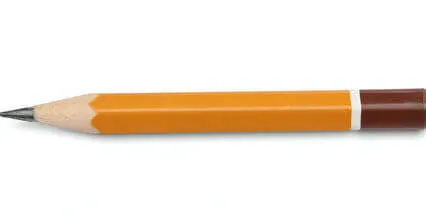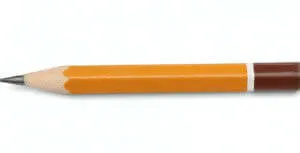
- Share on Facebook94
- Share on Pinterest
- Share on Twitter
Public pressure has resulted in some manufacturers reformulating products to eliminate the antimicrobial chemical triclosan, an Environmental Protection Agency-registered pesticide, while others are jumping full steam ahead and including the ingredient in numerous products, including products for school children.
This chemical has been linked to numerous health issues including thyroid problems, allergies and hormone disruption, and it’s now being applied to things like pens and pencils, binders, and a wide variety of other school supplies.
Nearly a decade ago, research discovered that this compound reacts with chlorinated water to produce chloroform, a known carcinogen. The FDA has even admitted that it is “not generally recognized as safe and effective.”
Public-health policy analyst with Food & Water Watch, Kathy Dolan, says that the bulk of triclosan found in the environment, and most likely in the human body, comes from FDA-approved personal care products that contain the chemical.
The Centers for Disease Control and Prevention has reported that triclosan levels in humans have increased by 50 percent in less than a decade and that it is also being detected in human breast milk. To date, there is no research that shows how much triclosan is lost from items like lunch bags, binders and athletic clothing, Dolan points out.
Parents who are buying school products that contain triclosan are also wasting their money as these items tend to cost more, are ineffective, and the overuse of these types of antibiotics and these kinds of chemicals are leading to an increase of mutant bacteria that may render antibiotics completely useless.
Antibiotic-resistant diseases have significantly increased since the use of products with triclosan, many of which pose an even a greater threat than plagues like AIDS.
Because triclosan is used in so many different products, research is finding that we’re also getting it in our food because the chemical used in soaps and cleaners going into the drains survives our wastewater treatment plants, ultimately running back into the water supply used to grow food crops.
In addition to the serious complications of creating antibiotic-resistant diseases, triclosan is known to increase the risk of heart disease and heart failure, harms muscle function, alters levels of thyroid hormones and reproductive hormones such as testosterone and estrogen, increases infertility risk and contributes to the early onset of puberty.
 But some manufacturers apparently think it’s a smart idea to use it in products for children.
But some manufacturers apparently think it’s a smart idea to use it in products for children.
It is also found in antibacterial soaps, lotions and cleaners; dental care products; cosmetics; deodorants; kitchenware; clothes; and a host of other common household items.
To avoid these harmful chemicals, be sure and avoid any product that lists triclosan as an ingredient; however, keep in mind that it may not be listed as an ingredient. Other terms to look for include microban, antimicrobial, Lexol 300, Irgasan DP-300 and Biofresh.
Go back to the basics – look for chemical free products and wash your hands with plain old soap and water, it’s your best bet!
-The Alternative Daily
Sources:
http://www.rodalenews.com/antibacterial-school-products?page=0,1
- Share on Facebook94
- Share on Pinterest
- Share on Twitter

